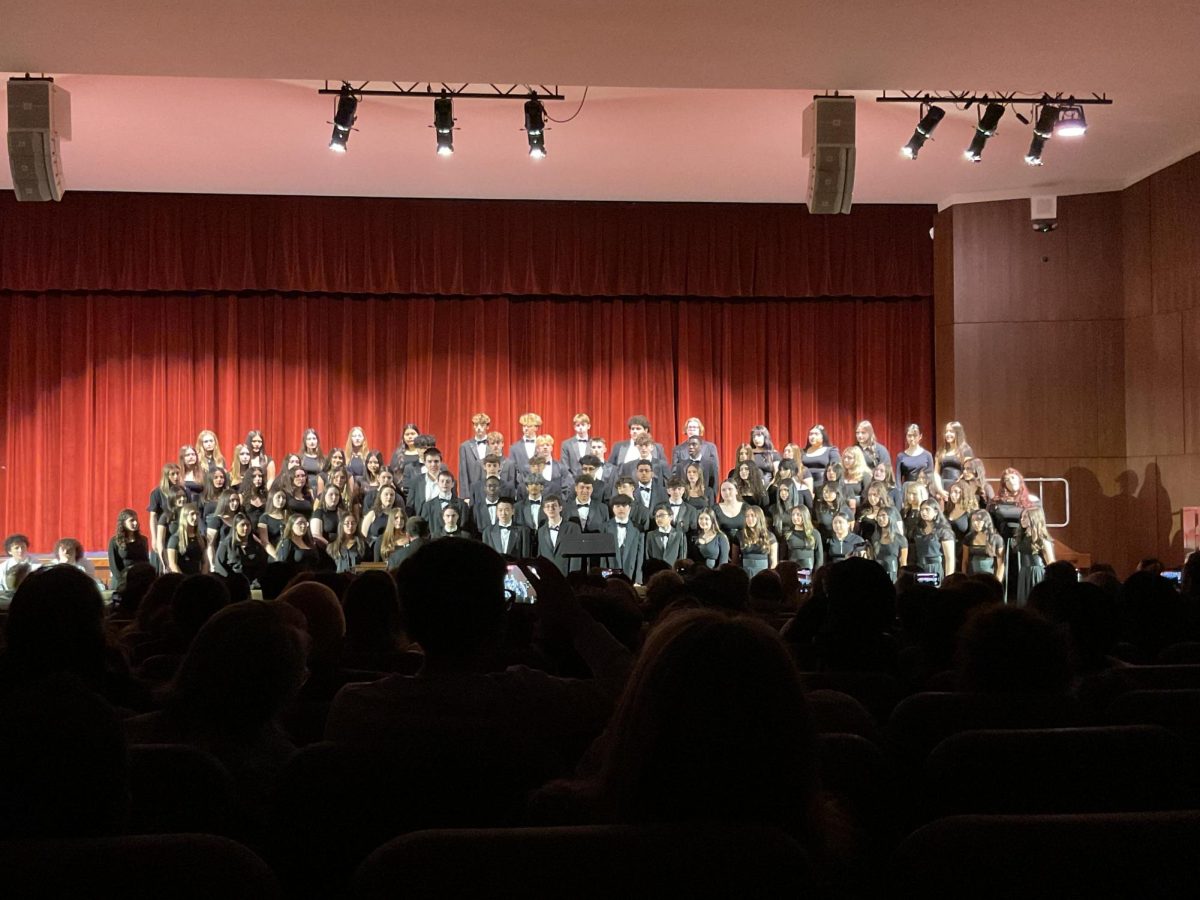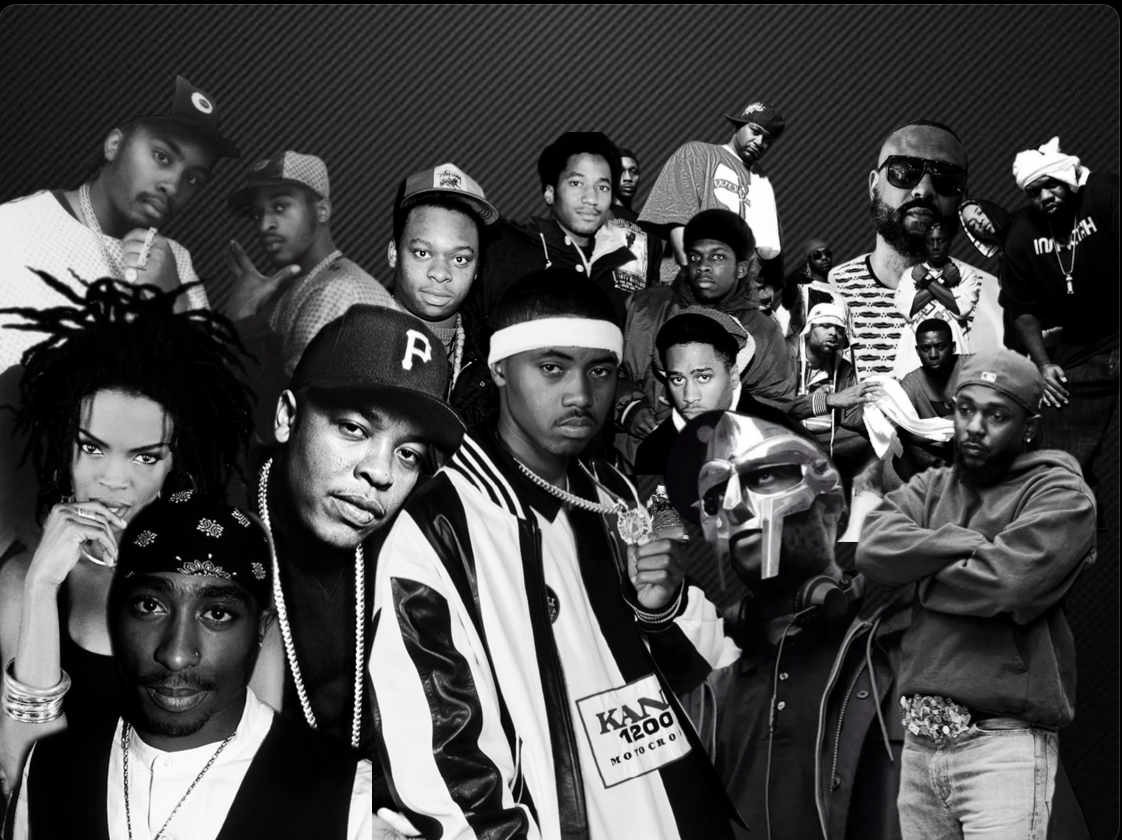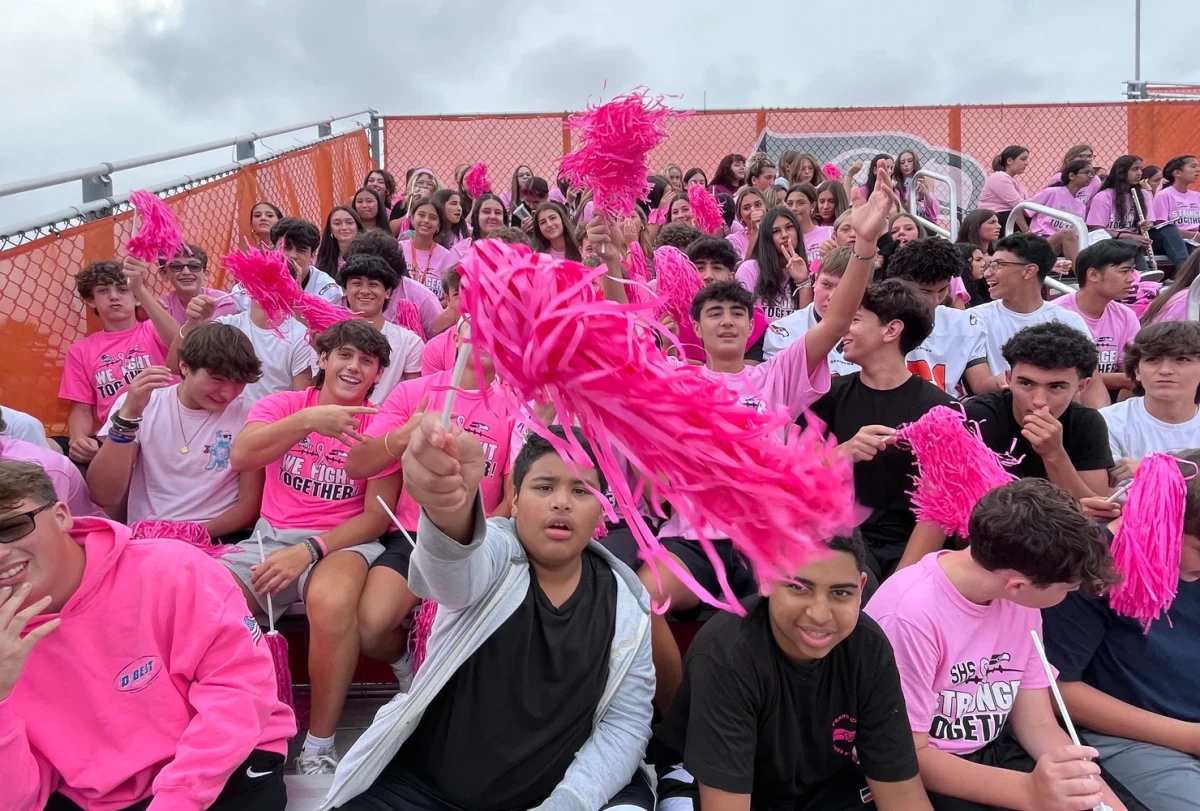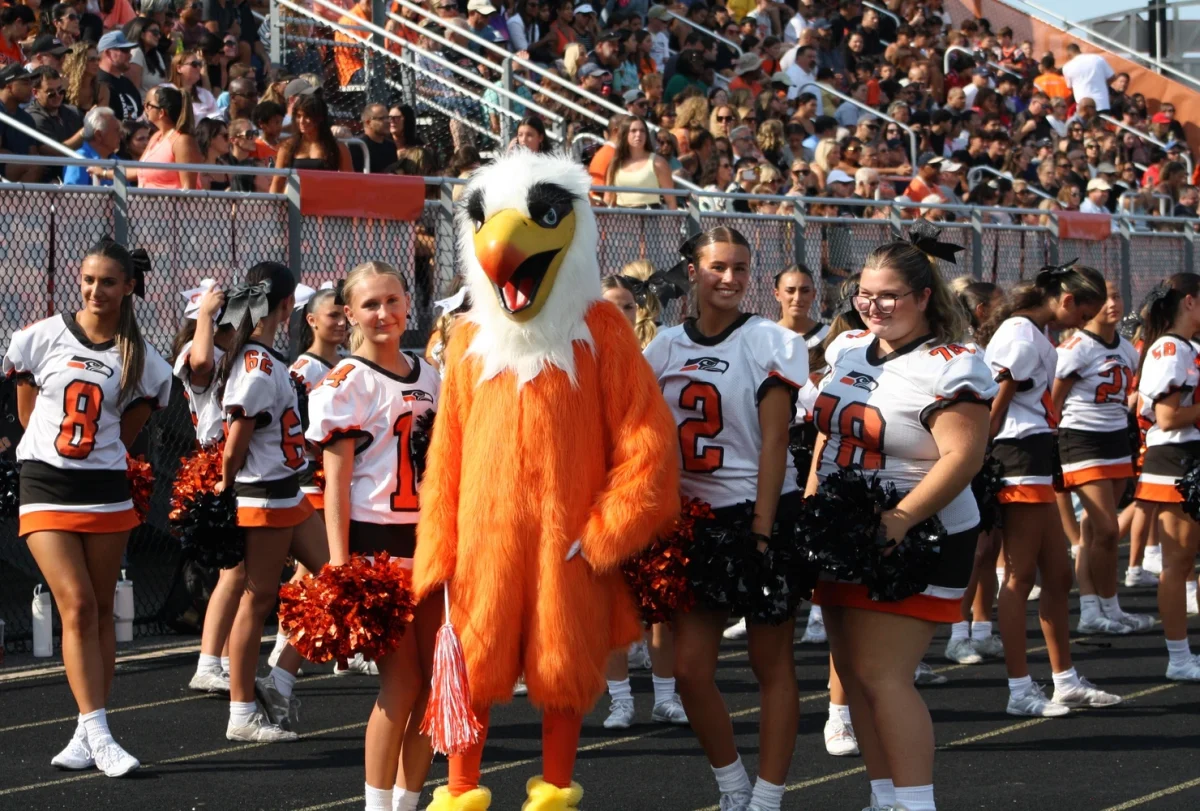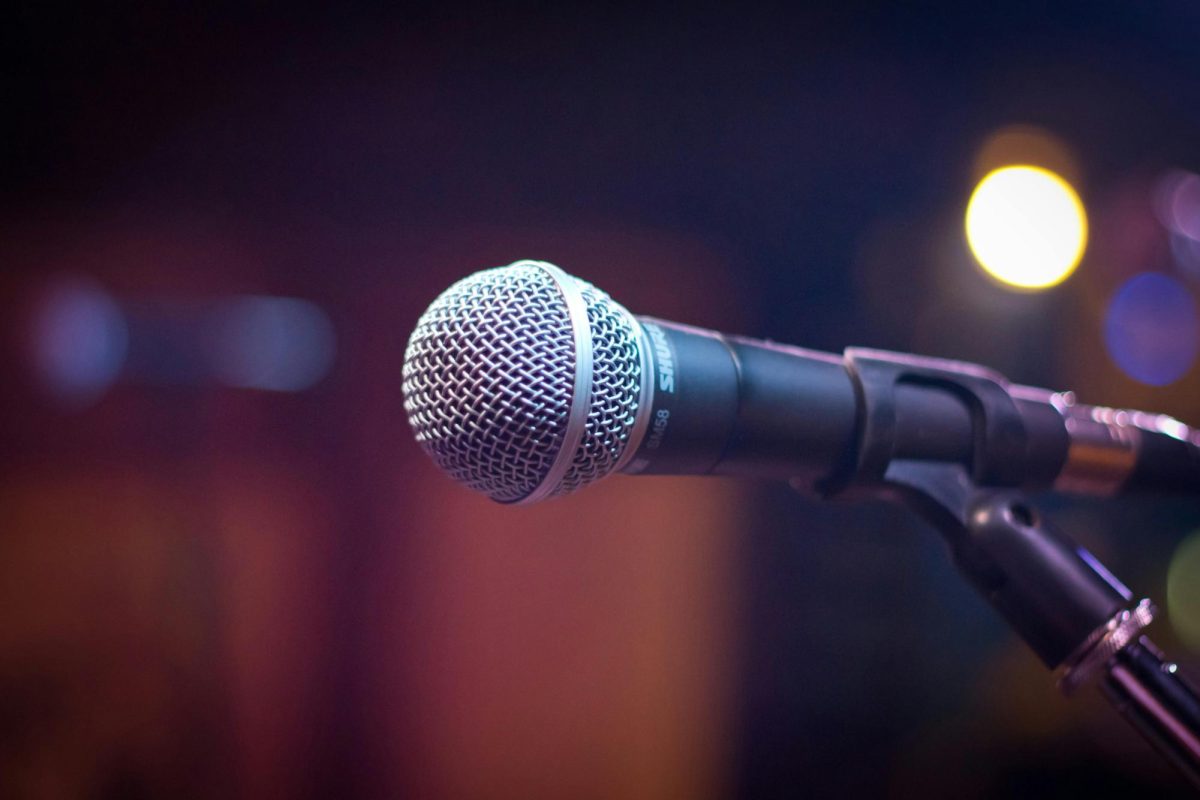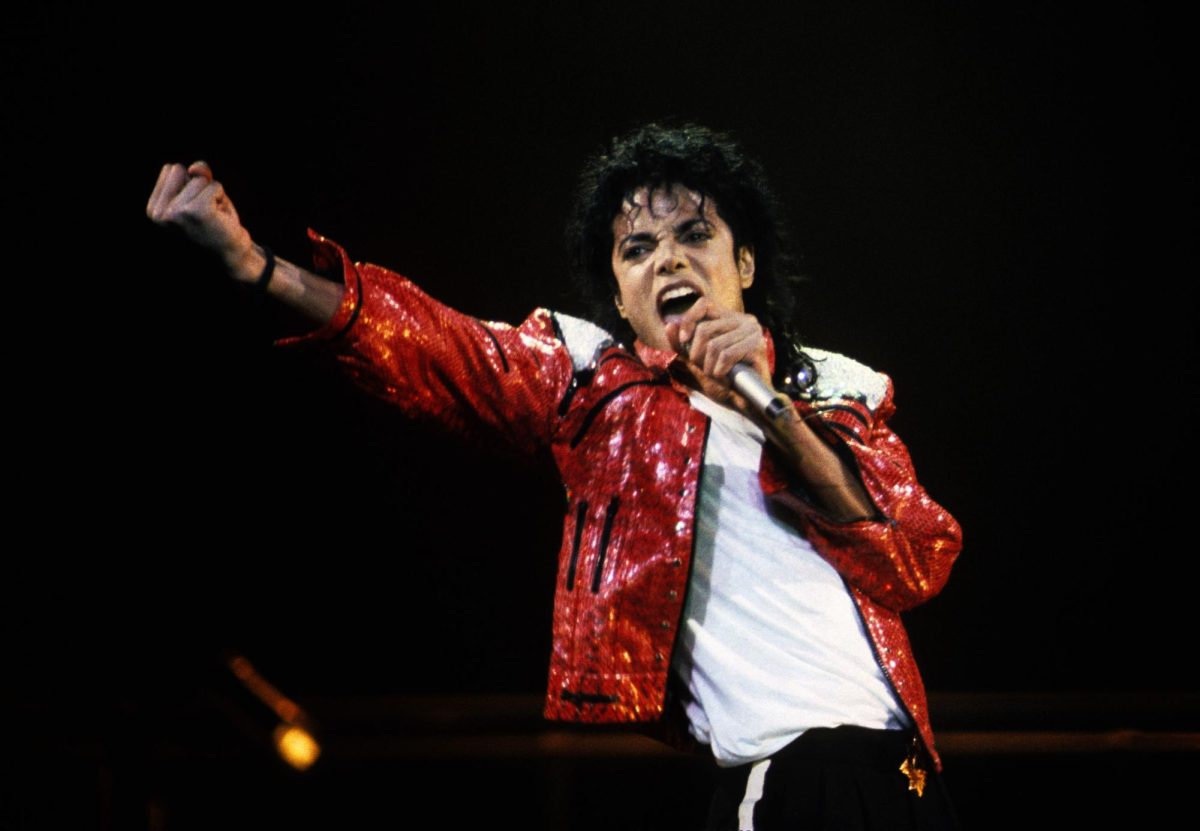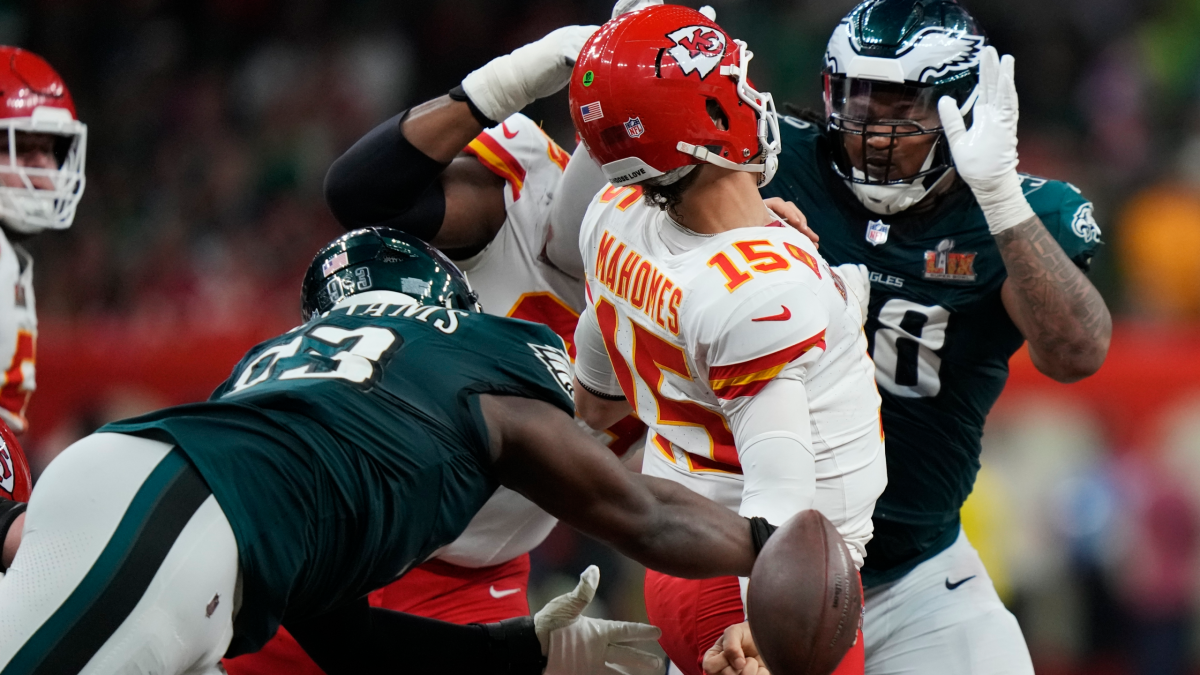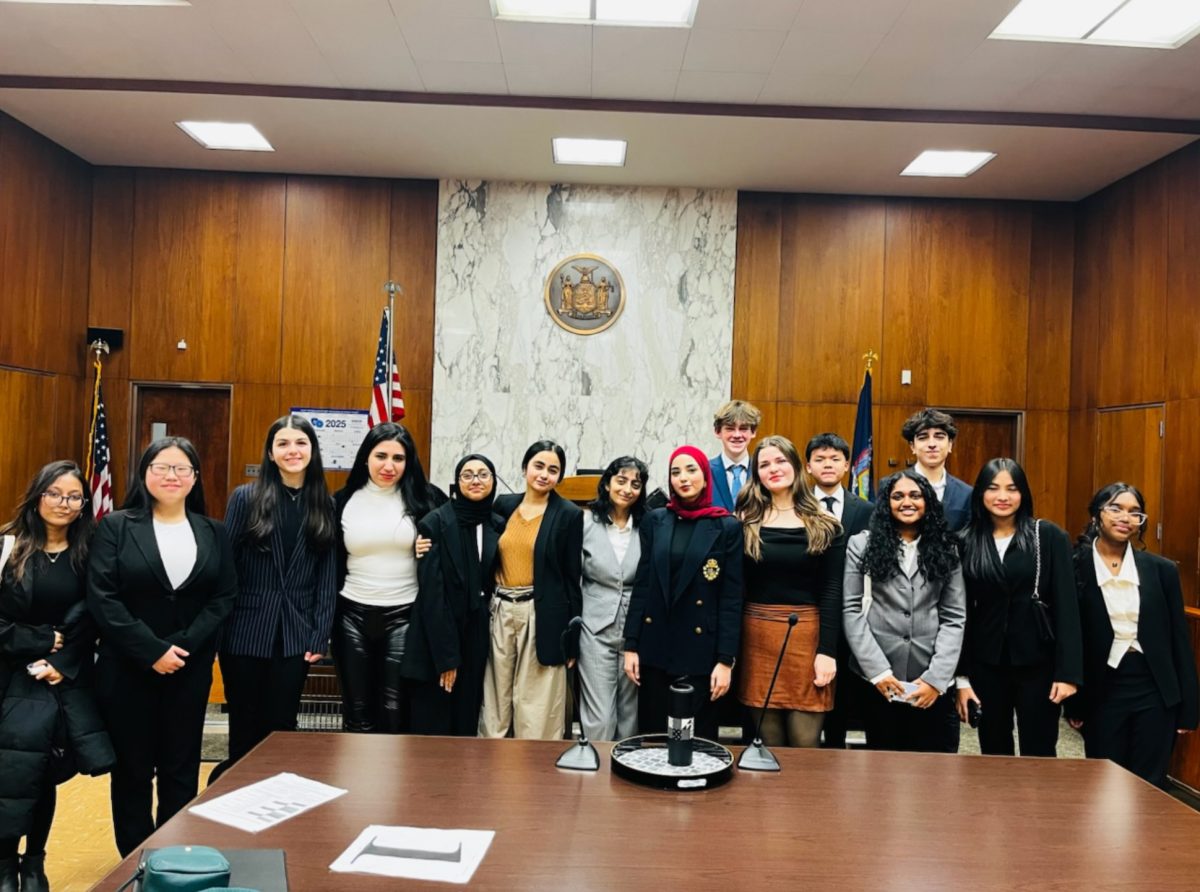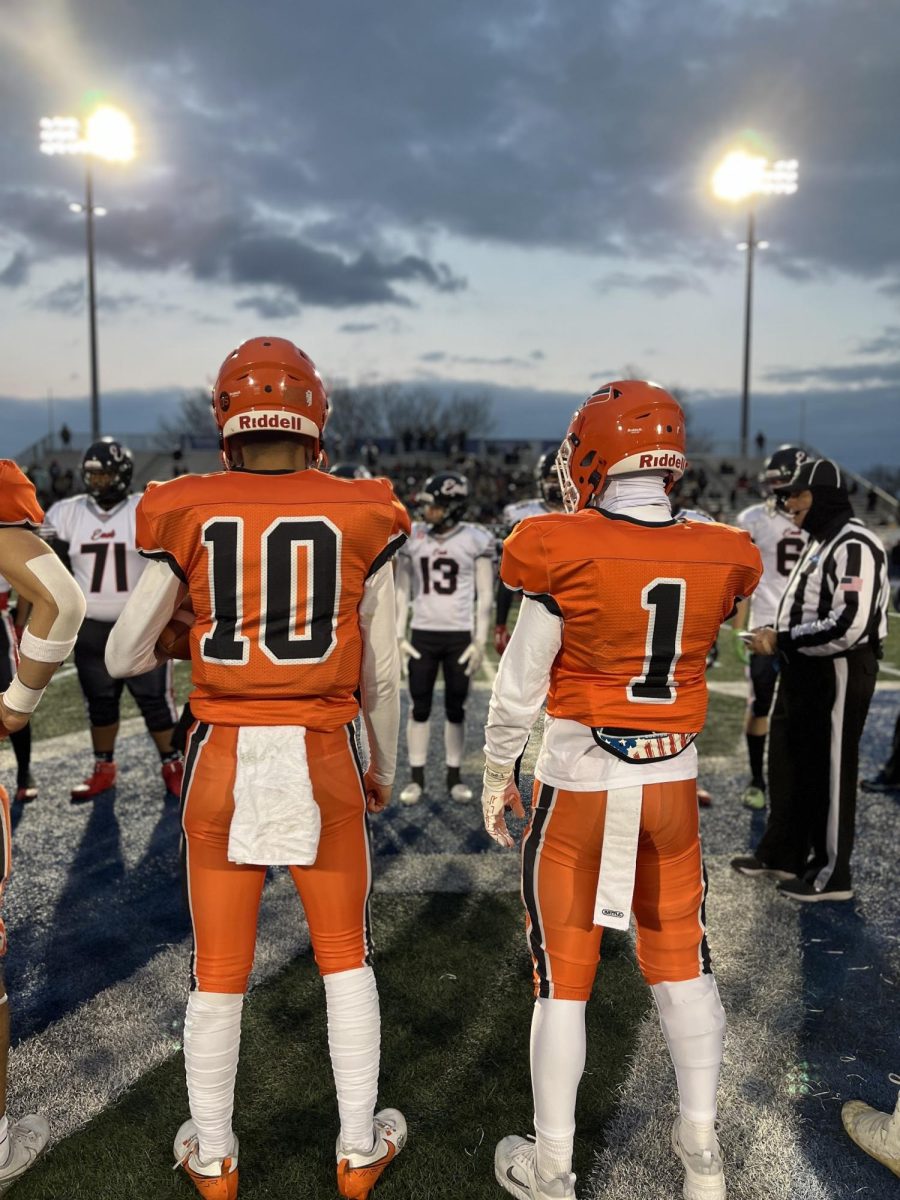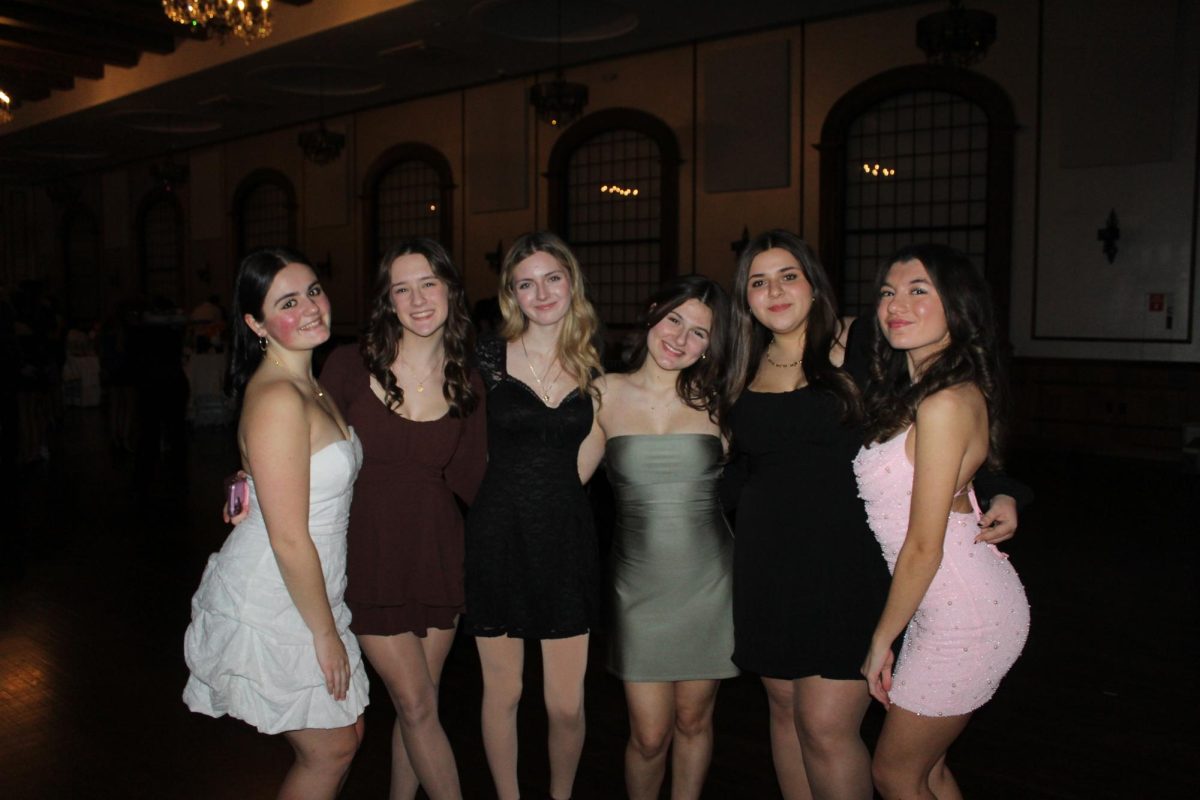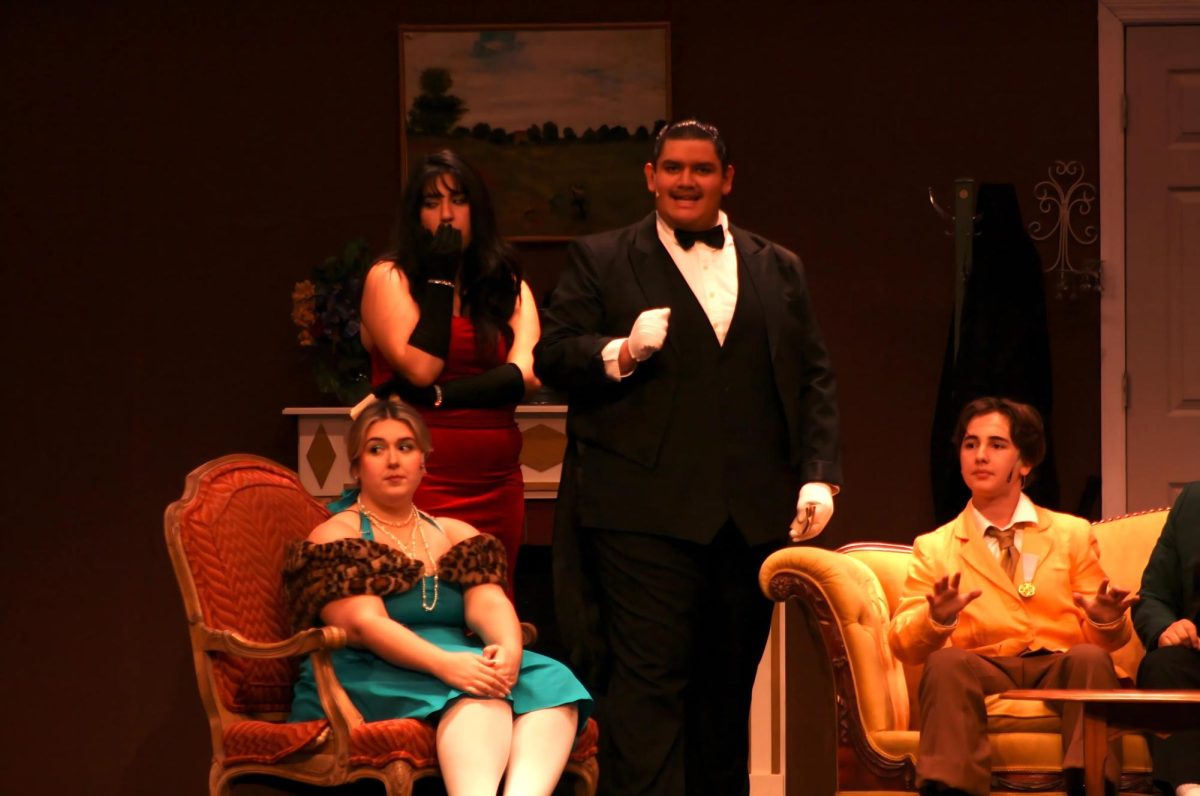Super Bowl Sunday is over! The Philadelphia Eagles won 22-40 against the Kansas City Chiefs, but if you don’t care about the NFL or football, here’s a breakdown and analysis of Kendrick Lamar’s halftime performance instead. As the first solo hip-hop artist to headline the Super Bowl halftime, Kendrick seized the moment to deliver a performance that was as thought provoking as it was entertaining.
The show opens with Samuel L. Jackson as America’s Uncle Sam, immediately noticeable as a deliberate choice and an interrogation of power and American identity—to have a black man play the role of America’s persona is a challenge in and of itself. Throughout Kendrick’s performance, Samuel Jackson’s interruptions serve as a bit of comedic relief, but they are also representative of what America is really about.
The visuals of the stage lean into the idea of a “game” with the inclusion of a square, triangle, X, and circle– Playstation controller buttons, sure, but it’s obvious that Kendrick is not just talking about video games. The performance itself begins on the square stage: a dim-lit street with Lamar and his ensemble emerging from a 1980s Buick Regal coupe.
Kendrick kicks off by singing a snippet from his unreleased song Bodies from GNX, before transitioning into Squabble Up– and if that’s not already a loaded choice given the current political climate, he makes it even clearer by adding a new line: The revolution’s about to be televised, you picked the right time, but the wrong guy.
After this first set, Samuel Jackson’s character disapproves of Kendrick’s defiance, chastising him for being “too loud, too reckless, too ghetto” before pointedly asking, “Mr. Lamar, do you really know how to play the game?” And that is where the real theme of the performance starts to emerge.
As the track changes to Humble, the backup dancers, dressed in red, white, and blue, arrange themselves into the formation of an American flag. This would be normally associated with American patriotism, but in this context, it is layered with irony and criticism. The flag formation is split down the middle, a possible reference to America’s political divide, with Kendrick standing in the middle as an observer and instigator.
The beat then changes to DNA to Euphoria and finally to Man at the Garden, a sequence that celebrates black identity and affirms Kendrick’s success as his own. When Kendrick’s dancers flood the stage, Jackson sarcastically remarks, “Oh, you brought your homeboys. The old culture cheat code. Scorekeeper, deduct one life.” The game reference to a “cheat code” can also suggest that success in America—especially for Black individuals—is often perceived as something that can only be achieved through bending the rules, rather than through legitimate talent and hard work. In the context of a video game, this line would signal the loss of a turn, but here, it alludes to the disproportionate rate at which Black lives are taken in America, whether through police brutality, systemic neglect, or racially motivated violence.
Next, Kendrick teases the audience with an instrumental from Not Like Us, his grammy-winning diss track against Drake. “I wanna perform their favorite song, but you know they love to sue,” he says, before seemingly reconsidering and playing Luther instead. As the beat shifts to a sample from Luther Vandross’s If This World Were Mine, Lamar’s halftime turns to its climax.
SZA’s entrance is a moment that draws attention to the importance of Black women in this larger conversation, especially in the context of a sport like the NFL, which has faced criticism for its treatment of women. Serena Williams’ also makes an appearance later on, which seems like a subtle confrontation with a system that often seeks to diminish Black excellence— or it’s simply another jab at Drake.
Kendrick and SZA continue on to sing All the Stars in an almost emotional performance. To which Samuel Jackson concludes: “That’s what America wants! Nice and calm.” Here, Uncle Sam’s words are mocking the expectation that Black artists like Kendrick should conform to mainstream norms of presentation in order to be palatable to society. His performance has been loud, unapologetic, and deeply political, and Jackson’s conclusion feels like a final rebuke to the very system that has historically silenced voices like Kendrick’s. It’s true that most audiences often prefer digestible, non-threatening representations of Black artistry—celebrating it when it’s uplifting but resisting when it becomes too confrontational. Ironically, the crowd seemed to be cheering the most during Kendrick’s more ‘inspirational’ songs.
Moving closer to the end, the intro to Not Like Us plays once again— and this time Kendrick actually pulls through with it. He says “It’s a cultural divide, I’mma get it on the floor. 40 Acres and a mule, this is bigger than the music.” The phrase “40 Acres and a Mule” references the broken promise of reparations for formerly enslaved Black people in America. By invoking this phrase, Kendrick references the historical and systemic inequalities that continue to shape Black experiences today. This moment turns Not Like Us from a diss track into a broader cultural statement about the value and ownership of Black art and history— it’s bigger than the music. This is Kendrick’s declaration that he won’t compromise his artistic freedom for copyright battles or commercial interests. Not Like Us is Kendrick’s anthem of authenticity versus artificiality—real culture versus appropriation—and he made sure that Drake got the message.
As the performance nears its end, TV Off plays as the closing track, bringing the show full circle to Squabble Up and Gil Scott-Heron’s iconic phrase, “the revolution will not be televised.” Kendrick tells everyone to “turn this tv off:” true change cannot be passively consumed through media, it must be actively pursued. The crowd behind him flickers with the words GAME OVER.
By the time the show ends, Kendrick has successfully reshaped the narrative surrounding both his music and identity, challenging the audience to think critically about the state of America, its treatment of Black individuals, and the idea of “playing the game” when the odds are stacked against you.
Kendrick Lamar’s halftime performance did receive some backlash for being “boring,” and the crowd inside of the Superdome was silent for much of the show— but unfortunately, some things will always fly over people’s heads. And to those who missed the message, well– turn your TV off.

